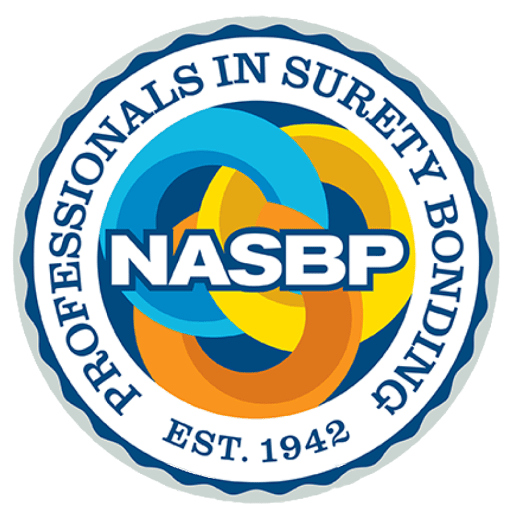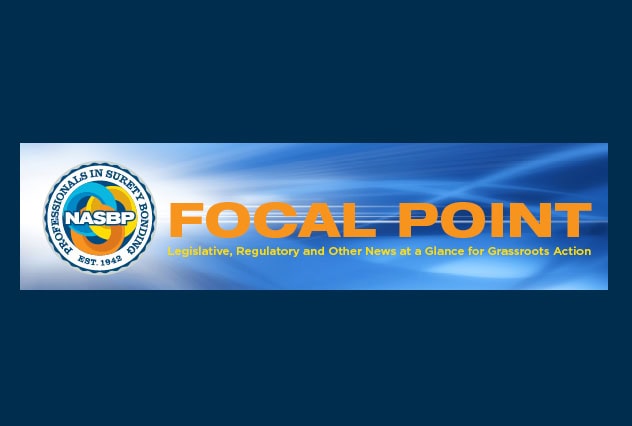Search & Filter
Search
Topic
Region
Audience
Post Type
It’s Not You, It’s Me: Termination Clauses on Federal Construction Projects
As part of Seyfarth Shaw’s Winning Combinations webinar series, join us for…
Legal Considerations in Negotiating Government Construction Subcontracts
In this session of Seyfarth Shaw’s Winning Combinations webinar series, Meghan Douris…




